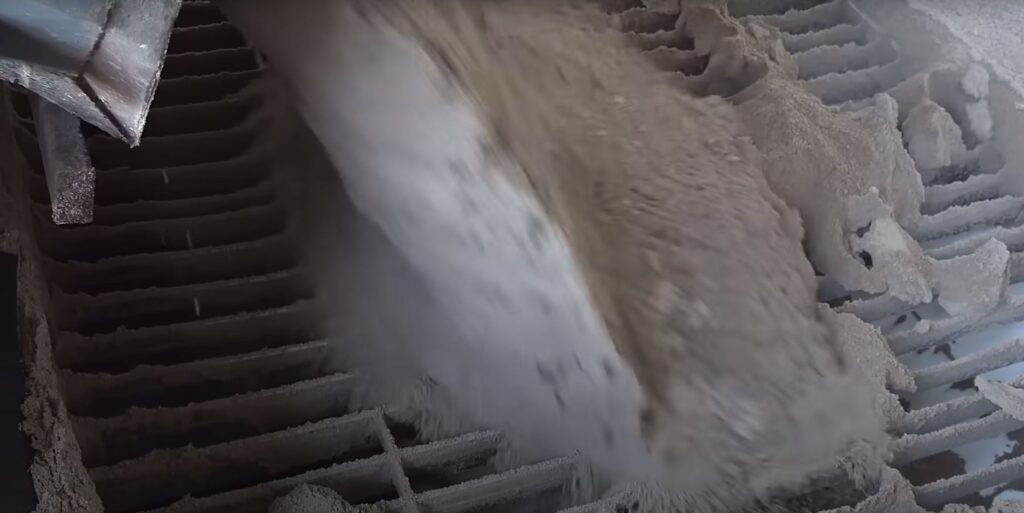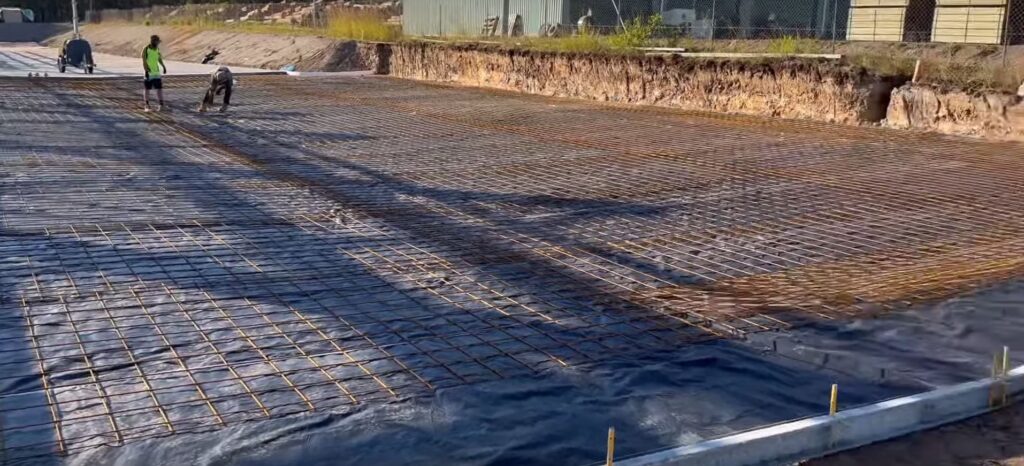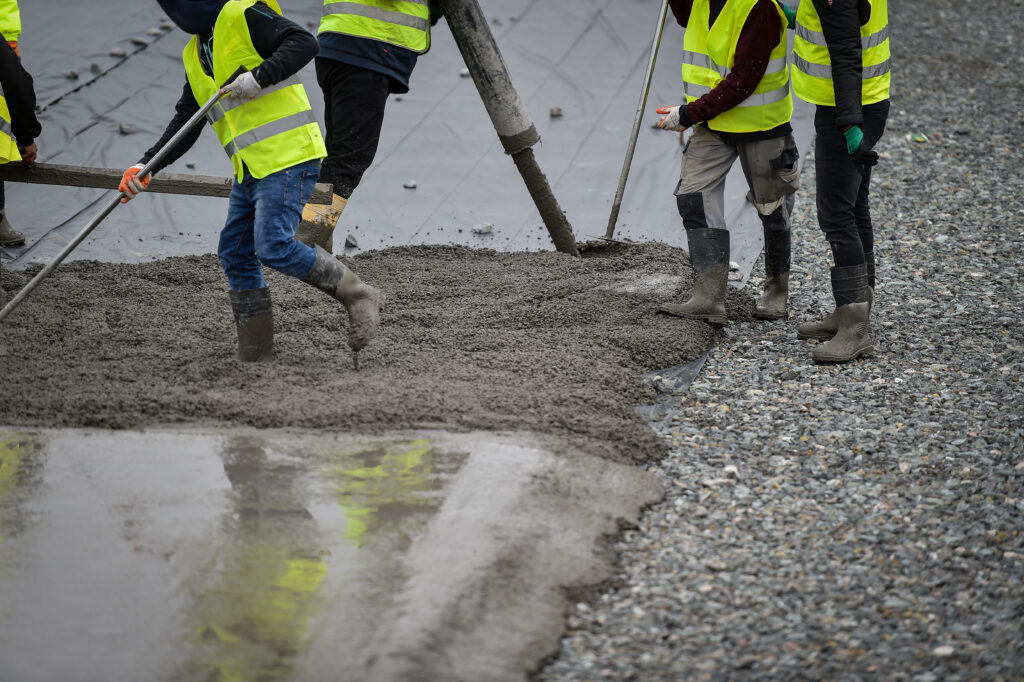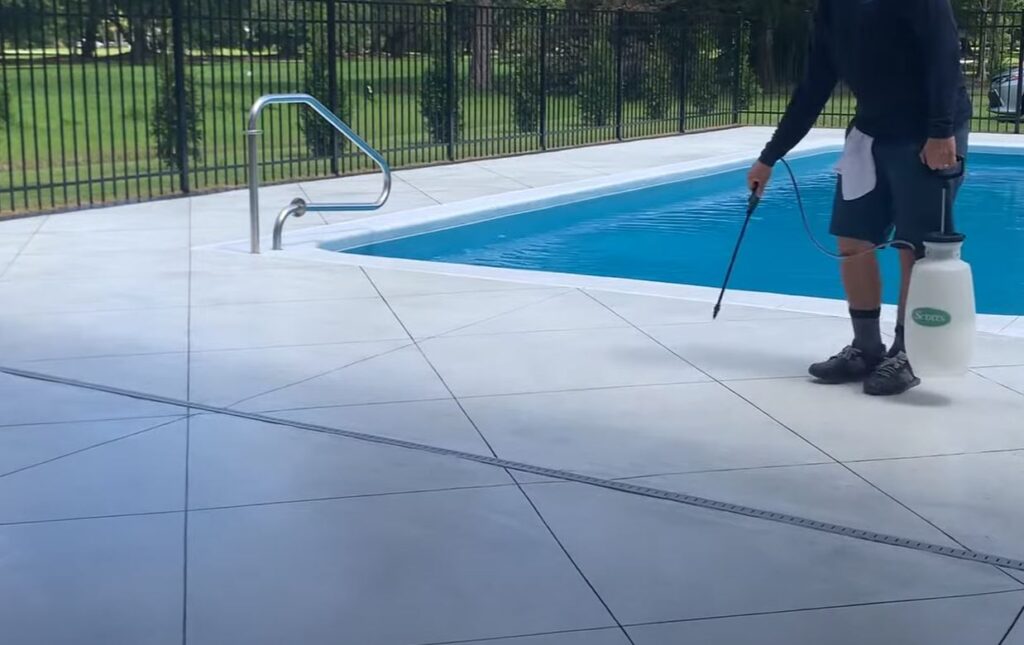The Role of Superplasticizer in Concrete
Enhancing Concrete Performance
Superplasticizers, a game-changer in the concrete industry, are primarily used to boost the fluidity of concrete without increasing its water content. This innovation leads to the production of self-consolidating and high-performance concrete. Essentially, they enhance the concrete’s workability, making it easier to mix and pour, especially in complex forms and dense reinforcement scenarios found in areas like Mount Wellington and Devonport.
The Science Behind Superplasticizers
These additives work by reducing the water content in the concrete mix while retaining its flowing properties. The water–cement ratio is a critical factor determining the concrete’s strength and durability. By reducing this ratio without compromising the workability, superplasticizers allow for a stronger and more durable concrete. They are particularly beneficial in scenarios requiring high-strength concrete or when working with intricate structures.
Application in Complex Constructions
In the challenging realm of concrete construction, where conditions might involve narrow forms, heavy reinforcement, and complex sections, superplasticizers increase the slump of concrete. This means concrete can flow better and fill in spaces more efficiently, making it an indispensable tool for builders in Auckland’s diverse construction landscape.
Air Entrainment and Durability
Some superplasticizers, particularly those based on SNF and lignosulphonates, introduce a small amount of air into the concrete. This can be beneficial as it helps the concrete to manage freeze-thaw cycles better, enhancing its durability. However, it’s crucial to control the amount of air introduced to maintain the concrete’s strength. Repeated dosage of a superplasticizer can increase this air content, so precise measurement and monitoring are essential.
Health and Safety Considerations
While superplasticizers have revolutionized concrete construction, it’s crucial to handle them with care. Direct contact with the skin or inhalation can be harmful, so proper personal protective equipment should always be used. Additionally, the final concrete structure’s stability and safety depend on the accurate application of these additives, underscoring the need for professional expertise in mixing and applying concrete with superplasticizers.
Tailoring to Auckland’s Needs
In Auckland’s diverse and often challenging construction environments, from the bustling streets of Devonport to the residential expanses of Mount Wellington, understanding and utilizing superplasticizers can significantly impact the quality and durability of concrete structures. Professional Concrete Driveways Auckland offers specialized knowledge and application skills to ensure that every project benefits from the optimal use of superplasticizers, enhancing the longevity and performance of concrete in various construction projects.
Embracing Innovation for Enduring Structures
In conclusion, superplasticizers represent a significant advancement in concrete technology, offering a solution to the age-old challenge of balancing workability with strength. From the bustling construction sites of Devonport to the serene neighborhoods of Mount Wellington, these powerful additives have transformed how concrete is handled, applied, and perceived. They not only make concrete more manageable and adaptable to complex architectural forms but also enhance its intrinsic qualities, leading to structures that stand the test of time. While their use requires careful consideration, particularly in terms of health and safety, the benefits they bring to the construction industry are undeniable. As Auckland continues to grow and evolve, the use of superplasticizers in concrete work is set to play a pivotal role in shaping a city that’s as strong and durable as it is beautiful. Engaging with professionals like Professional Concrete Driveways Auckland ensures that every project not only meets the high standards of today’s construction demands but also paves the way for a future built on innovation and excellence.
Understanding Superplasticizers: Frequently Asked Questions
What exactly is a superplasticizer?
A superplasticizer is a type of additive used in concrete to increase its workability, allowing it to flow more easily without the need for additional water, thereby enhancing its strength and durability.
How does superplasticizer improve concrete?
Superplasticizer increases the fluidity of concrete, reducing the water-cement ratio, which in turn improves the concrete’s strength, workability, and overall performance.
Is superplasticizer safe to use?
Yes, when used correctly and with appropriate safety measures like protective gear. Direct contact or inhalation should be avoided due to potential health risks.
Can superplasticizer be used in all concrete mixes?
Superplasticizers are versatile and can be used in most concrete mixes, especially where high strength and workability are desired, but always consult with a professional for specific mix requirements.
Does superplasticizer affect the setting time of concrete?
Superplasticizers can slightly alter the setting time, typically delaying it to allow for better workability and placement of the concrete.
How much superplasticizer should be added to concrete?
The amount varies based on the concrete mix and desired properties. It’s crucial to follow manufacturer guidelines or consult a professional to avoid compromising the concrete’s integrity.
Can superplasticizer be used with other additives?
Yes, superplasticizers can be used with other additives, but their interactions should be carefully considered to ensure they don’t counteract each other’s effects.
What are the environmental impacts of using superplasticizer?
When used responsibly, superplasticizers do not significantly harm the environment, and they can actually reduce the carbon footprint of concrete by enabling lower cement usage.
How long has superplasticizer been used in concrete?
Superplasticizers have been used since the 1970s and have continually evolved to become more effective and widely used in various concrete applications.
Are there different types of superplasticizers?
Yes, there are several types, including sulfonated naphthalene formaldehyde, sulfonated melamine formaldehyde, and polycarboxylate ethers, each with unique properties and applications.
How can I ensure the best results when using superplasticizer?
Consult with a concrete professional, follow manufacturer guidelines, and ensure accurate measuring and mixing to achieve the best results with superplasticizer in your concrete projects.




